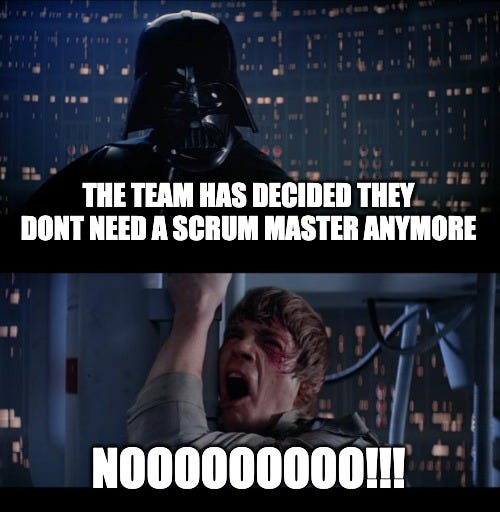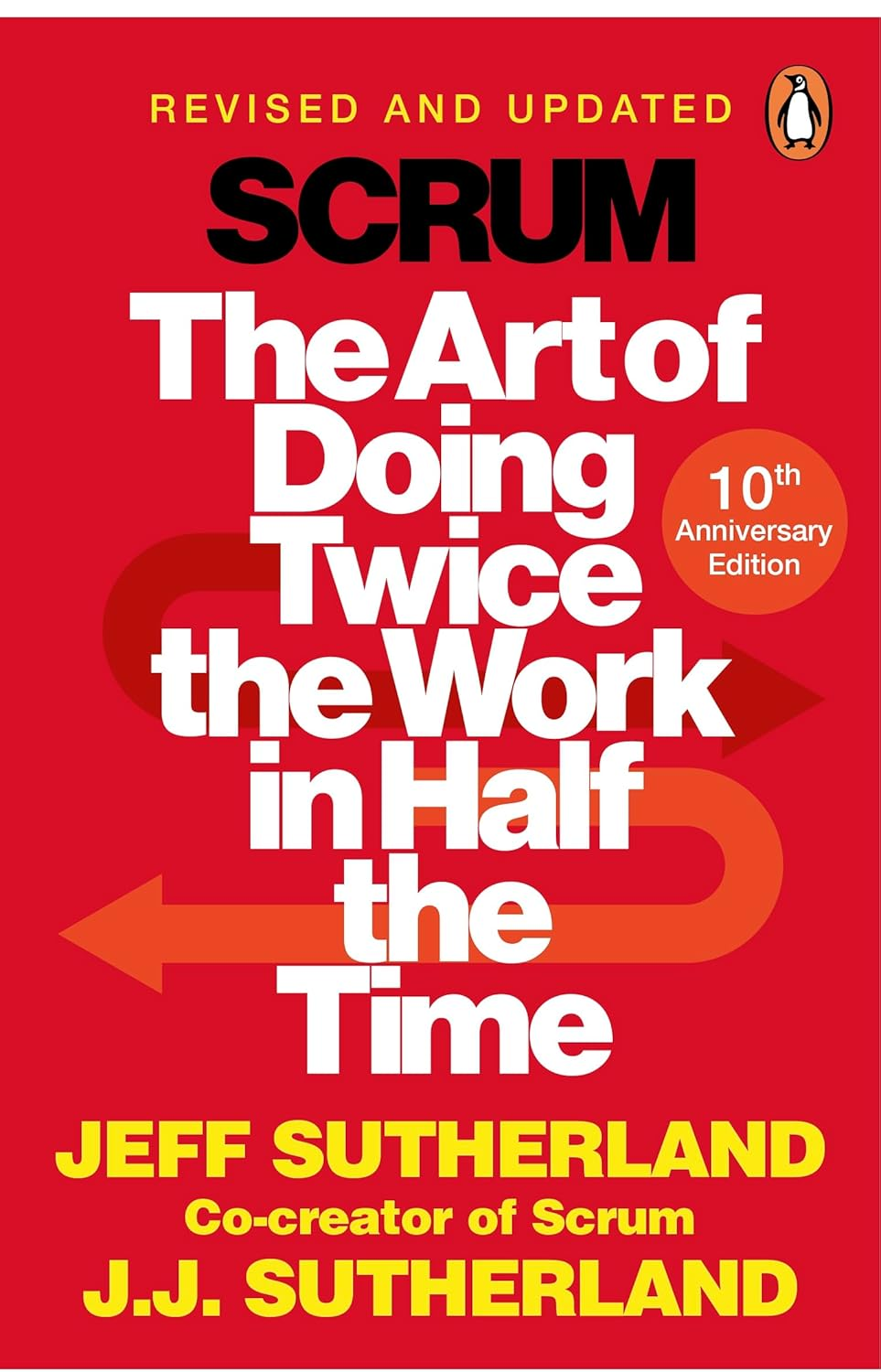In today's digital landscape, knowing how to plan a webinar effectively has become crucial for business success. Whether you're looking to educate, generate leads, or build brand authority, a well-executed webinar can deliver exceptional results. With the rise of remo
Agile Team Structure: Roles and Responsibilities for Success
This article explains how agile teams are structured, what roles and responsibilities exist within them, and how this structure promotes flexibility and successful work. We'll also explore why scrum teams are so popular and show how to adapt agile structure to your project needs.
Key takeaways
The Agile pproach doesn't dictate strict roles, but Scrum offers a structure with Product Owner, Scrum Master, and The Team.
Cross-functional teams promote collaboration and improve product quality.
Proper Agile team organization helps adapt to changes and achieve goals faster.
The flexible nature of agile
Agile is an approach that helps teams work flexibly, quickly respond to changes, and deliver value at every project stage. However, Agile doesn't impose rigid structures and roles. To implement the Agile approach, teams often use the Scrum methodology, which offers clear team organization with three key roles. In this article, we'll focus on Scrum teams as one of the most popular ways to implement Agile.
Agile is an approach, not a methodology
Agile is based on principles outlined in the Agile Manifesto, such as:
- Adaptability to change
- Customer collaboration
- Continuous improvement
However, Agile is a philosophy, not a strict methodology. Teams that implement Agile can choose suitable implementations like Scrum, Kanban, or SAFe.
Scrum as a popular agile implementation
Scrum offers a structured team divided into three key roles:
- Product Owner: manages the backlog, determines task priorities.
- Scrum Master: facilitates the process, removes obstacles.
- The Team: self-organizing group that completes sprint tasks.
Example: The team works in two-week sprints, where the Product Owner determines what needs to be done, the Scrum Master helps remove problems, and the development team implements tasks.
How agile team structure supports collaboration
- Cross-functionality: team members possess diverse skills, allowing autonomous problem-solving.
- Self-organization: teams independently determine the best way to complete tasks.
- Iterative process: regular retrospectives help identify improvement points.
Example: After each sprint, the team conducts a retrospective to discuss what worked and what didn't, and makes changes to the work process.
Interesting fact 
Did you know? The term "Agile" first appeared in 2001 in the Agile Manifesto, signed by 17 developers in the USA.
Adapting agile teams to different projects
Agile structures are flexible and can change depending on the project. For example:
In Kanban, there are no strict roles, the team focuses on visualizing the workflow.
In SAFe (Scaled Agile Framework), roles become more complex to manage larger projects.

To dive deeper into Agile and Scrum topics, start with the article "What Is the Agile Manifesto? Understanding Its Core Values and Principles", which covers the fundamentals. Then move on to "What Is a Scrum Master? Key Roles and Responsibilities Explained" to understand this key team role.
Conclusion
Agile teams are a powerful tool for achieving flexibility and collaboration. The choice of methodology and team structure depends on project specifics. However, thanks to cross-functionality, self-organization, and iterative process, any Agile team can adapt to changes and deliver a quality product.
Recommended reading 

"Scrum: The Art of Doing Twice the Work in Half the Time"
Explains how to boost productivity through iterative development and team-based approaches in any organization.
On Amazon
"Agile Project Management with Kanban"
Shows how to improve project flow and delivery by implementing Kanban's visual management system.
On Amazon
"The Lean Startup"
Presents a method for building successful businesses through rapid testing and customer feedback.
On Amazon






